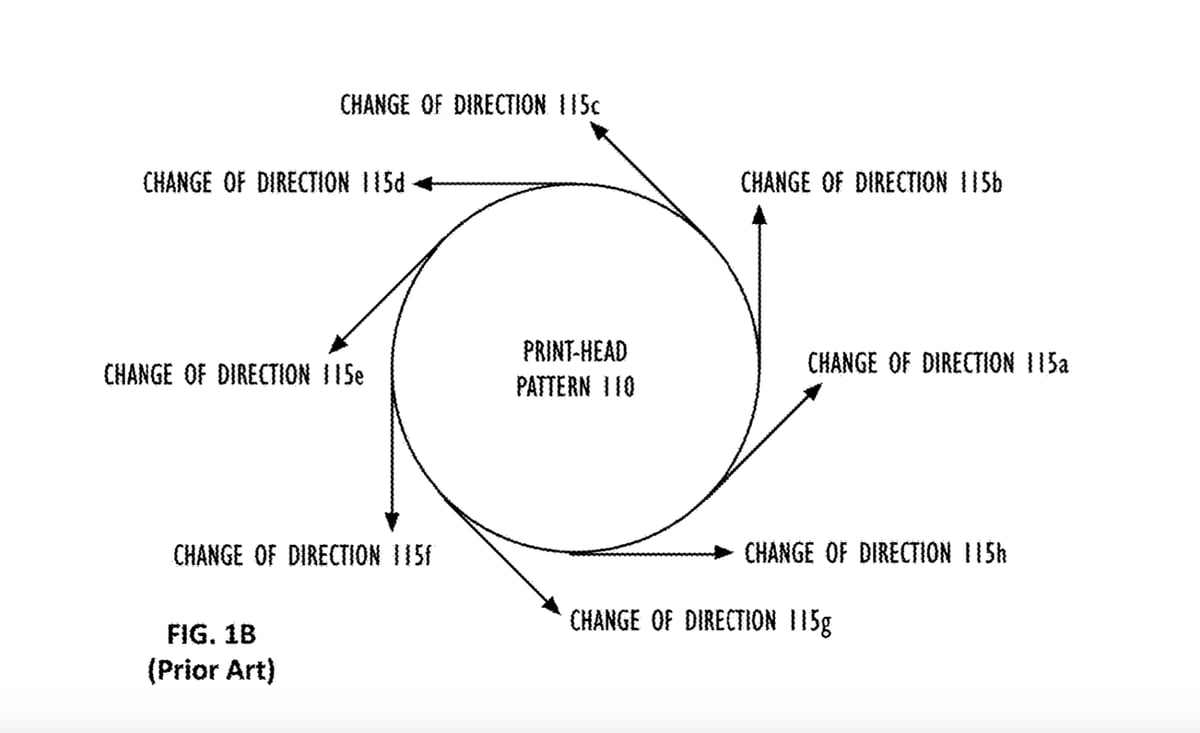A new patent regarding 3D printing was filed by Apple Inc. and granted by the U.S. Patent and Trademark Office this week. The patent lays out a method to 3D print models using triangular tessellations and may allow theoretically for achieving faster 3D print speeds.
This way of creating 3D printed models works by breaking down surfaces into differently-shaped larger and smaller triangles. The resulting shapes are then approximations of the original model.
Michael R. Sweet is the Senior Printing System Engineer at Apple Inc., Canada. He is also the sole inventor of the patent and has been for 13 of Apple’s other patents.
He explains: “By way of example, small triangles could be used to form an object’s edges or other regions in which strength/support is needed. Larger triangles could be used to build-up or construct areas where strength/support is not as critical.”

What’s Special About this Patent? Let us Infill You In…
Sweet further adds that differently-sized triangular tessellations prove to be a more efficient printing method compared to circular print head motions used in current 3D printers. This is not just in terms of speed but also in the amount of material used.
This is due to the fact that current print heads move on the X and Y axes. But, with Apple’s suggestion of non-linear triangular tessellations, the printer would only move forward and therefore maintain one high speed.
“This is, in part, because a circular pattern requires the circles to be aligned one on top of the other, whereas in a triangular pattern, for example, the triangles may be offset to provide greater strength, thereby requiring fewer materials to support the structure,” Sweet explains.
Finally, perhaps one of the most unique parts of this patent is the infill. Usually, the infill in a 3D print is very simple and helps the final object hold its shape. But, with regular infill, resulting prints can be brittle.
However, Sweet’s patent suggests an infill made up of, you guessed it, differently-sized triangles. Each is a different shape depending on the print and where infill is most required. For example, there would be more infill at the edge of each shape.
Interested in learning more? Read Sweet’s patent “Using triangular tessellation in 3D printing” on the USPTO Patent and Full-Text and Image Database.
Source: Tech Crunch

License: The text of "Apple Patent for Triangular Tessellation 3D Models Granted" by All3DP is licensed under a Creative Commons Attribution 4.0 International License.